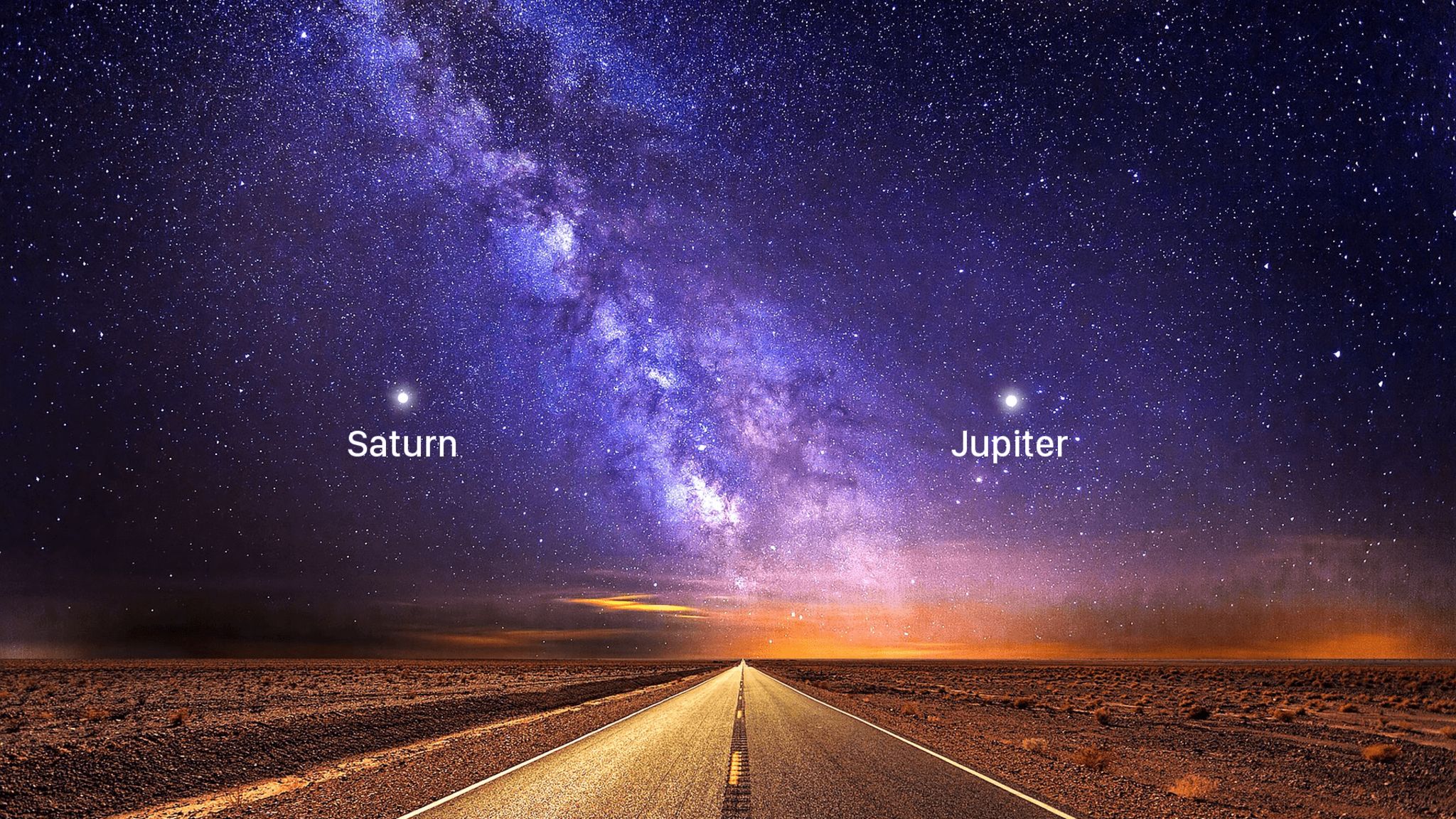Touring the Dark Southern Sky
This weekend offers a good opportunity for summer stargazing. Around August 2 – 4 a waxing crescent moon will leave our evening skies mostly free from the bright moonlight, worldwide. Get your telescopes out, the time to observe some deep-sky objects has come!
Once it gets nice and dark, face south and look for the Milky Way rising from the southern horizon between Jupiter and Saturn. (Those two planets will only be embracing the Milky Way this summer. They’ll move east of it next year.) In late July and early August annually, the Milky Way appears to rise from the southern horizon, like steam from the Teapot-shaped constellation of Sagittarius, the Archer. The southern sky at 10:30 pm local time is riddled with interesting deep-sky objects visible in binoculars.
When the sky is rather dark, you can explore the rich star fields and nebulae sprinkled along the Milky Way above Sagittarius. The bright star cluster known as Ptolemy’s Cluster (also designated Messier 7) can be easily found with the naked eye near the stinger of the celestial scorpion. It is the southernmost Messier object in the sky, with a visual magnitude of 3.3. With the Sagittarius Star Cloud (Messier 24), and Messier 25 they will appear as compact, bright, white clouds in binoculars.
You can also look for the bright knots of nebulosity comprising the Lagoon Nebula (Messier 8), the Omega / Swan Nebula (Messier 17), and the Eagle Nebula (Messier 16). This trio is also located in the rich starfields of the Sagittarius area of the Milky Way. Lagoon Nebula has an apparent magnitude of 6.0 and looks good both with the naked eyes and through any type of binoculars or a telescope. For observers in northern latitudes it looks like a large oval cloudlike patch with a definite core, rising very high above the horizon. Also known as the Star Queen Nebula, M16 lies near the borders with the constellations Sagittarius and Scutum. The Omega Nebula, which is also known as the Lobster Nebula, lies just to the south of the M16.
Higher up, you’ll discover more good clusters, such as Messier 39 and Messier 29 in Cygnus, Caldwell 16 in Lacerta (the Lizard), the Wild Duck cluster (Messier 11) and Messier 26 in Scutum (the Shield). To find M39, use the bright star Deneb as a guide point. This large triangular shape cluster lies about 9 degrees north-east of it. Diamond-shaped M11 is one of the most populated open clusters known. It contains about 2,900 stars and could be seen with the unaided eye. M26 is positioned not far from M11, but like many nebulas, it could be a challenge to find. Star Walk 2 will help you identify any celestial object in the night sky and provide you the best view!
Don’t forget to use your backyard telescope for a closer look!
